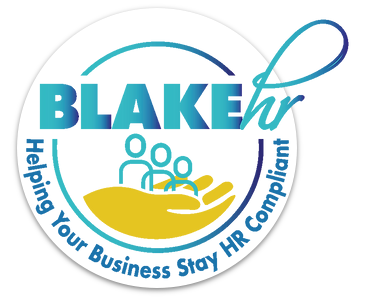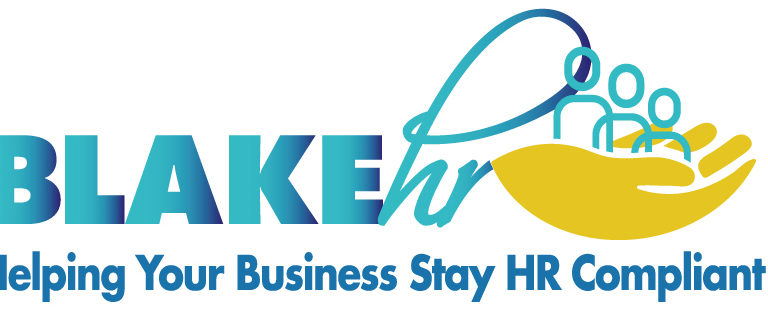Building a Workplace Strategy with Surveys and HR Analytics
Creating a strong workplace strategy is like building a solid foundation for a house. Without it, even a promising company can struggle to succeed. To make sure you’re laying the right groundwork, surveys and HR analytics are essential tools. They provide the data needed to help boost productivity, improve employee engagement, and reduce turnover. But how do surveys and HR analytics actually help? Let’s take a closer look…
Surveys: Understanding How Employees Feel

First, surveys are a powerful way to understand what your employees think. Employees are the heart of any business. If they’re unhappy or disengaged, it will likely affect both their work and the company culture. Well-designed surveys can reveal how employees feel about their job roles, work environment, leadership, and policies.
By regularly sending out surveys, you can uncover frustrations that may not come up during everyday conversations. For instance, employees might be craving more flexible work hours. Or you may discover a gap in communication between teams. Once you gather this feedback, your HR team can create programs and strategies that address these concerns, leading to a more motivated and engaged workforce.
HR Analytics: Turning Data Into Action
While surveys give you valuable feedback, HR analytics takes it one step further by providing numbers and patterns to back it up. HR analytics involves collecting and studying workforce data to find trends, make decisions, and predict future challenges. In other words, it lets you see the bigger picture of what’s really going on in the company.
For example, if one department has a high turnover rate, HR analytics can help you dig deeper. You might find that the department’s manager is rated poorly in employee surveys. This insight allows you to target the exact problem; perhaps the manager needs leadership training or support. Together, surveys and HR analytics offer a complete view of the situation, giving you the “what” and the “why.”
Preventing Future Issues Before They Happen

In addition to solving current issues, HR analytics can also help predict future problems. This is especially important for avoiding costly disruptions. Predictive analytics, a feature of HR analytics, can forecast challenges like burnout, skill gaps, or increased turnover in specific areas.
For example, a rise in absenteeism might show that employee morale is low. If you spot this trend early, you can take action, such as updating wellness programs or offering flexible work schedules. Surveys can also be a real-time tool for monitoring change. For example, if your company is going through a big shift, like switching to remote work, surveys can gather feedback on how employees are adjusting. With this information, your HR team can make adjustments to support employees during the transition.
Creating a Continuous Feedback Loop
To get the most out of surveys and HR analytics, it’s important to use them continuously, not just once in a while. This creates a feedback loop, where you regularly check in with employees and adjust your strategy as needed. This approach keeps communication open and helps the company grow as the workforce evolves.
For example, you might run employee surveys quarterly or twice a year. This keeps you in the loop on how your employees are feeling and ensures you can address concerns before they become major issues. After gathering the feedback, HR analytics can then track the results of any changes you make. If employees have requested more training opportunities, you can use analytics to see if the new programs lead to better employee satisfaction and lower turnover.
Increasing Employee Engagement and Retention

In the end, using surveys and HR analytics can lead to a workplace where employees feel heard and supported. Engaged employees tend to be more productive and loyal to the company. Plus, they’re more likely to recommend the company to others. When employees see that their feedback makes a difference, trust and transparency grow.
By focusing on what your employees need, you can save on costs related to high turnover, absences, and low productivity. Moreover, a workplace strategy based on real data helps you to make better decisions and ensures that the company meets both its short-term and long-term goals.
Final thoughts…
Surveys and HR analytics aren’t just the nice-to-have tools they once were. They’re essential for any company wanting to build a solid workplace strategy. By gathering employee feedback through surveys and analysing trends with HR analytics, businesses can develop strategies that address immediate concerns and future challenges.
Furthermore, in today’s fast-paced work environment, the companies that succeed are those that prioritise data-driven insights. With the help of surveys and HR analytics, you can ensure that your workplace strategy is built to last, now and for years to come.
Want to know more? I’ll post more on this topic soon, so look out for regular updates. You can also complete my contact us form or book a call now to find out how BlakeHR can help you to manage employee autonomy.


Unlock workforce potential today. Start using surveys and HR analytics to build a stronger, data-driven workplace strategy!
If this guide has inspired you to get started, what are you waiting for? And if it’s left you with more questions or you’d like some assistance getting started, get in touch. we’d be happy to help.
Give us a call on 07422 727229 or contact us using the form below - we will be happy to answer any questions.


